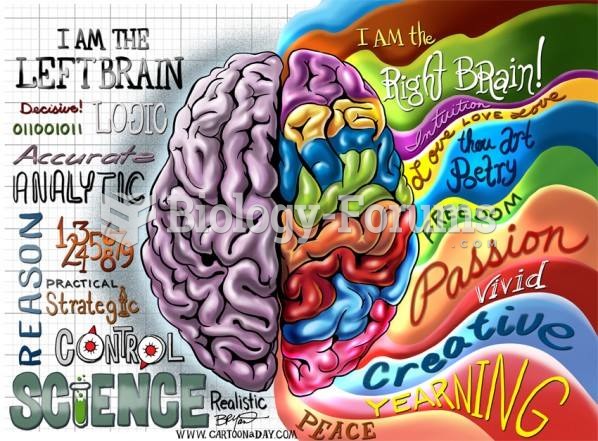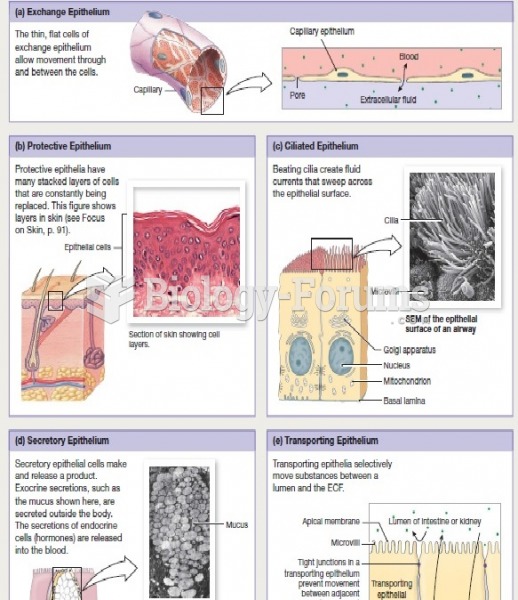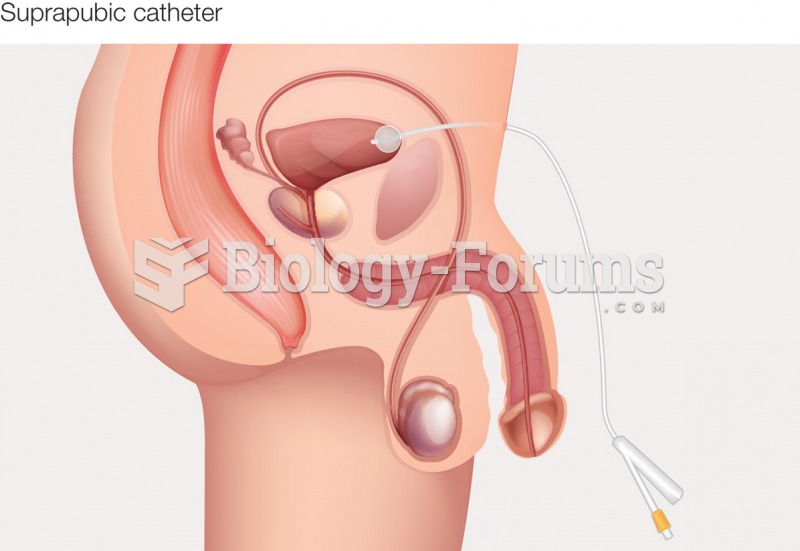Answer to Question 1
D
Answer to Question 2
Consider first the theme of the active child. This theme is particularly important in Piaget's theory. In fact, it was Piaget who brought to developmental psychologists' attention the fact that infants and children are active, hands-on creaturesin many ways, the sculptors of their own development. Unlike the views that were fashionable in psychology in the early decades of the 20th century, Piaget did not see the child as molded by environmental pressures and parents, nor as the inevitable product of the unfolding of a genetic plan. Rather, Piaget viewed the child as playing a primary role in development. It is because of Piaget that we no longer give serious consideration to either the environmentalist view of children shaped by external forces or the maturationalist view of children as products of their heredity.
Piaget's theory also emphasize the interaction of nature and nurture in development. Piaget's active child follows a species-typical course of cognitive development, influenced by the common biological inheritance shared by all human beings. But this course is also influenced by the child's surroundings. The experiences children have as they explore their environment and their social and educational worlds especially affect the rate of their development.
With respect to the issue of qualitative versus quantitative changes, Piaget's theory heavily emphasizes qualitative changes. For Piaget, children's thinking is different in type or kind at each major stage in development, with smaller changes within a stage also occurring in a step-by-step fashion (recall Piaget's description of sensorimotor development). In fact, this is one area for which Piaget has been criticized. Although Piaget's account of children's thinking is valuable, it tends to overstate how stagelike cognitive development truly is. Contemporary developmentalists generally believe that cognitive development consists of both qualitative and quantitative changes. Piaget's description of qualitative changes is generally accurate, but it is also limited because he basically ignored more quantitative types of changes.
In this chapter devoted to cognitive development, it is not surprising that there has been less emphasis on the holistic nature of development. However, Piaget's theory was intended to apply to more than children's thinking. Piaget believed that children's cognitive development infl uenced their social and emotional development. We'll see in later chapters that Piaget's theory has been applied to issues far removed from intelligence, including gender identification and moral development.







